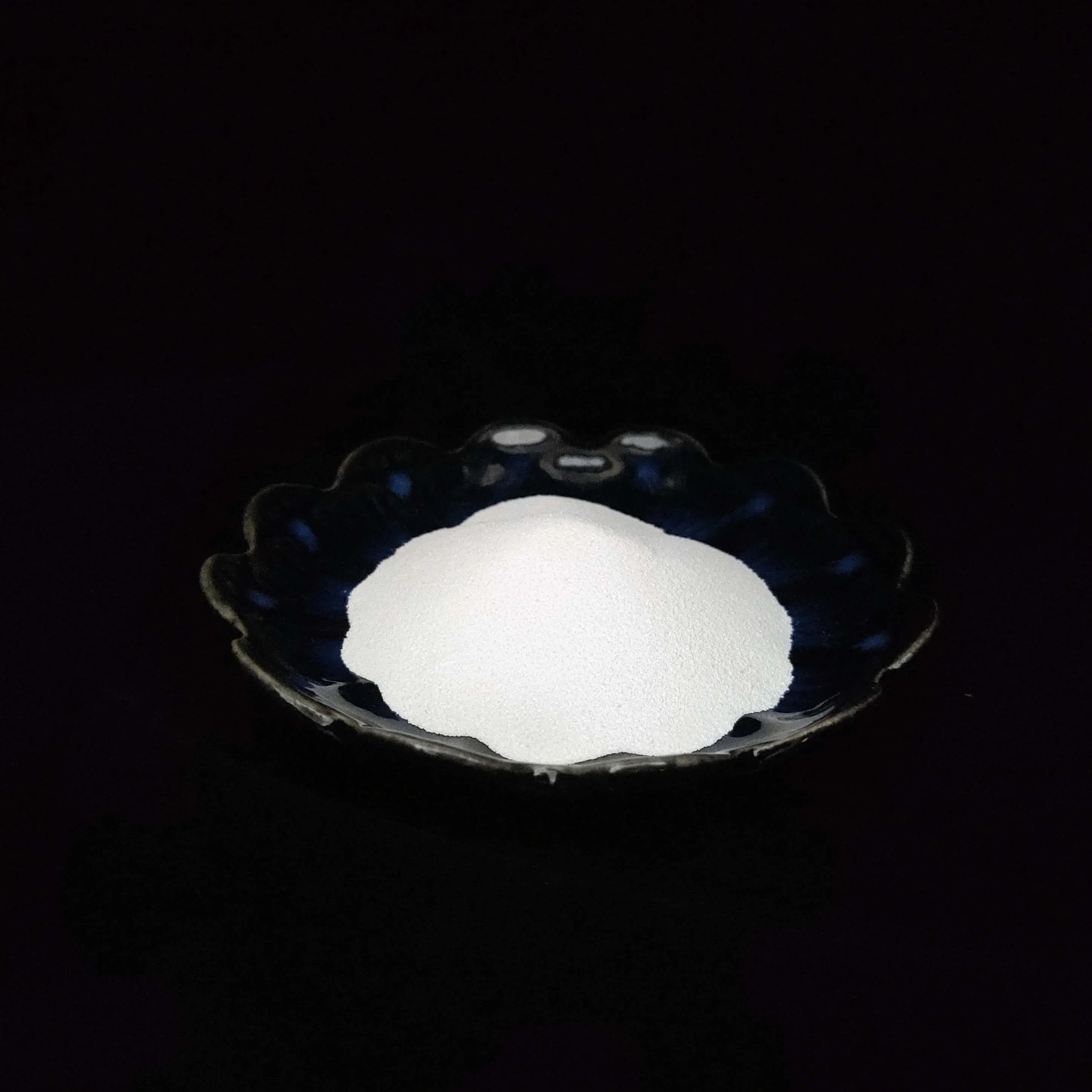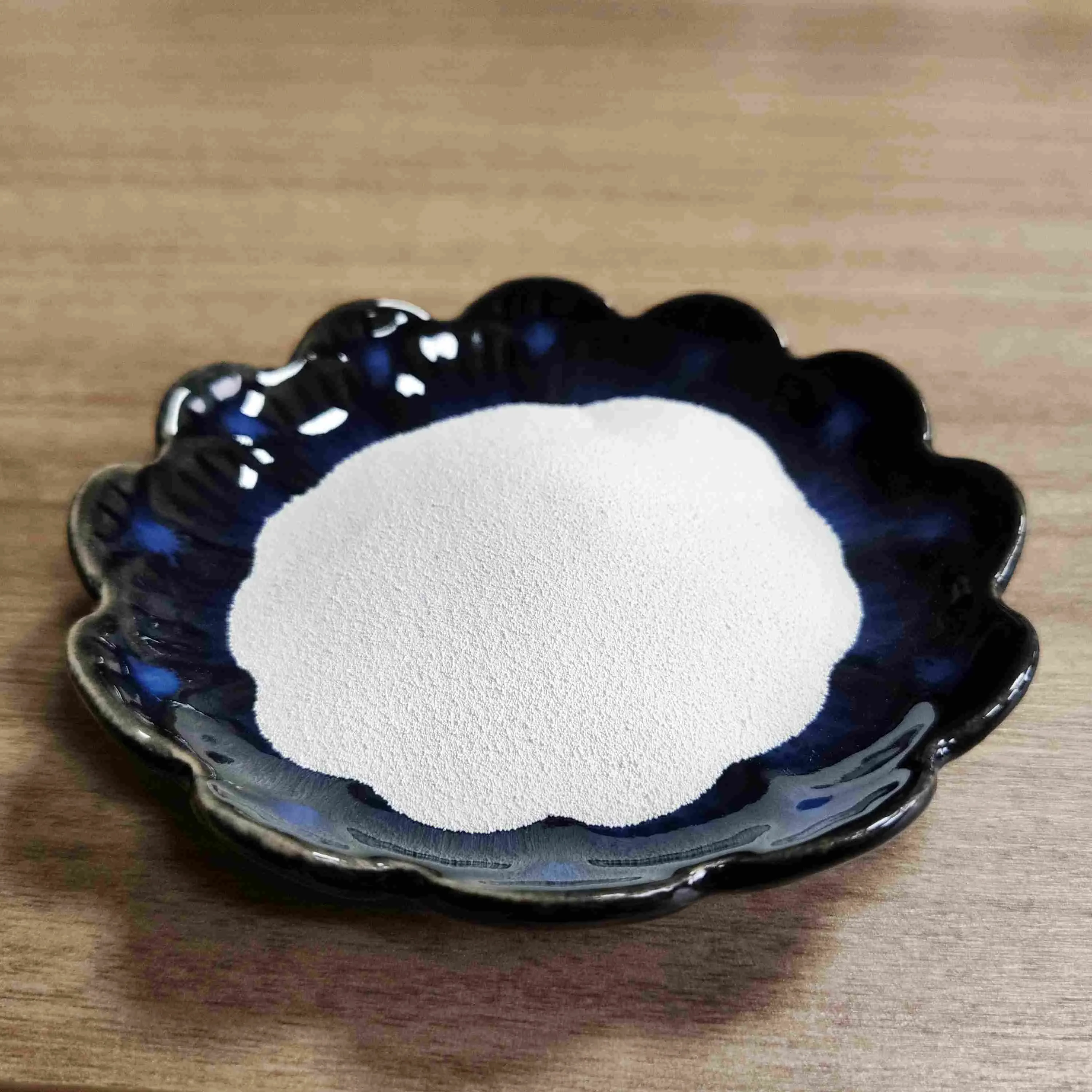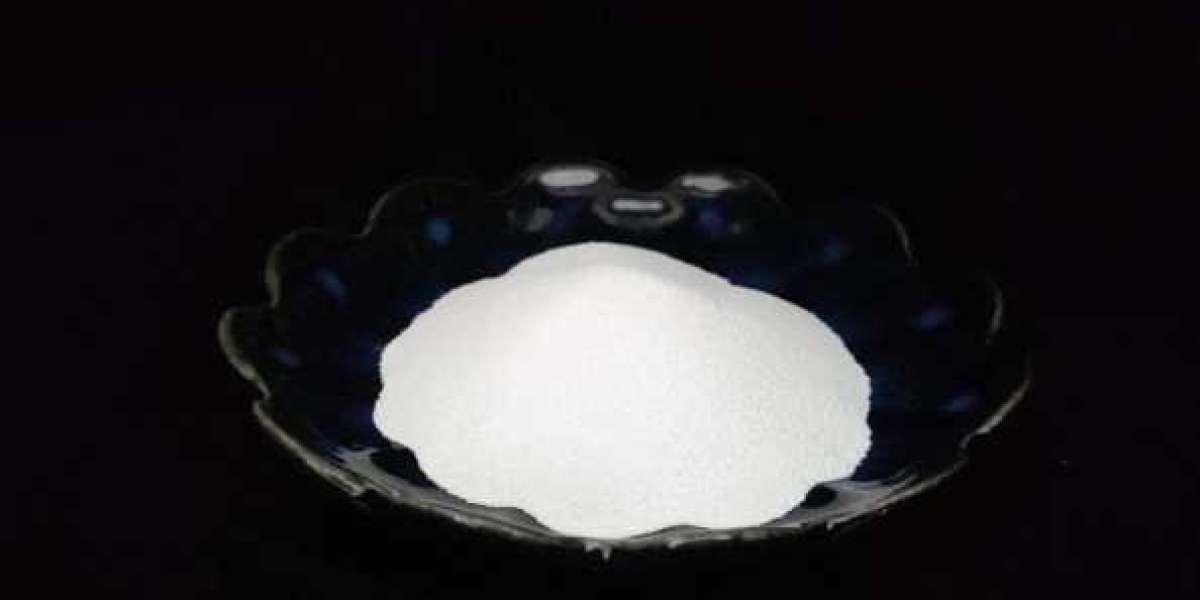In the world of industrial applications, the need for effective and efficient catalysts, adsorbents, and supports is paramount. One of the most crucial components in these systems are the carriers—materials that support or enable chemical reactions, adsorb various compounds, or facilitate other important processes. In recent years, activated alumina microsphere carriers have emerged as a versatile and innovative option, offering several advantages over traditional carriers. This article will provide an in-depth comparative analysis of activated alumina microsphere carriers versus traditional carriers, shedding light on their properties, benefits, and practical applications.
What are Activated Alumina Microsphere Carriers?
Before diving into the comparative analysis, it is important to understand what activated alumina microsphere carriers are and why they are gaining traction in various industries.
Activated alumina is a highly porous form of aluminum oxide (Al₂O₃) that has been treated to enhance its surface area, porosity, and adsorption capabilities. When formed into microsphere shapes, activated alumina offers several structural benefits over conventional forms of alumina or other traditional carriers.
These microspheres are typically spherical in shape, ranging in size from 1 to 10 micrometers, and are created to maximize surface area while maintaining excellent mechanical strength. Activated alumina microsphere carriers are especially known for their high adsorption capacity and chemical stability, making them ideal for use in catalytic processes, adsorption applications, and separation technologies.

What Are Traditional Carriers?
Traditional carriers are commonly used materials in various industries, and they come in many different forms depending on the application. These carriers can be in the form of metal oxides, silica, clays, and even activated carbon. Unlike activated alumina microspheres, traditional carriers are often granular, powdered, or bulk solid materials, and their surface areas and porosities can vary widely based on the material’s composition and the manufacturing process.
Some of the most common traditional carriers include:
Silica gel: Used in chromatography, air filtration, and as a support for catalysts.
Activated carbon: Known for its adsorptive properties, used in purification and separation processes.
Zeolites: Porous minerals used for catalysis and ion-exchange processes.
Alumina (non-microsphere form): Common in catalytic applications but generally larger in particle size than activated alumina microspheres.
Key Differences Between Activated Alumina Microsphere Carriers and Traditional Carriers
Now that we understand what each type of carrier is, let’s look at the specific properties and performance metrics that differentiate activated alumina microsphere carriers from traditional carriers.
1. Surface Area and Porosity
The surface area and porosity of a carrier material are crucial in determining its adsorption and catalytic performance. Activated alumina microspheres are specifically engineered to offer a high surface area while maintaining structural integrity. This high surface area allows for more active sites, which is crucial for applications like catalysis and adsorption.
In contrast, traditional carriers like silica gel or activated carbon often have a lower surface area compared to activated alumina microspheres. Silica gel, for example, while useful in chromatography, may not offer the same level of adsorption capacity as activated alumina due to its lower surface area. Similarly, traditional alumina forms (non-microspheres) may have lower surface area due to larger particle sizes or less controlled pore structures.
Activated Alumina Microspheres:
Typically offer higher surface area (up to 200 m²/g or more).
Highly porous, optimized for adsorption and catalytic applications.
Traditional Carriers:
Surface areas can range from 50-150 m²/g depending on the material and preparation process.
May have lower porosity and less efficient use of surface area.
2. Mechanical Strength and Durability
When it comes to mechanical strength, activated alumina microsphere carriers are engineered to provide high crushing strength while maintaining their structural integrity during use. The spherical shape of the microspheres allows them to be packed more efficiently into reactors or columns, reducing the risk of breakage during transportation or during the high-pressure processes they are subjected to in catalytic reactors.
On the other hand, traditional carriers such as silica gel or activated carbon can be more fragile and prone to degradation over time. For example, silica gel can crack or degrade under high-pressure conditions, reducing the performance of the carrier in gas-phase reactions.
Activated Alumina Microspheres:
Excellent mechanical strength.
High resistance to crushing and degradation.
Maintain structural integrity in high-pressure systems.
Traditional Carriers:
Can be prone to physical degradation (e.g., cracking or attrition).
Lower mechanical strength, especially in non-spherical forms like powders or irregular granules.
3. Adsorption Capacity
Activated alumina microspheres are specifically designed to have a high adsorption capacity for both water and gas-phase molecules. This makes them particularly effective in drying applications and as adsorbents for removing specific chemicals or contaminants from air and water. Their high surface area and microporosity provide more sites for molecules to bind, making them ideal for applications that require precise removal of moisture, acids, and other substances.
While traditional carriers like activated carbon are also widely used for adsorption, their efficiency in certain applications (especially those requiring selective adsorption) may not be as high as activated alumina microspheres. Activated carbon is effective at adsorbing organic molecules but may not be as selective or efficient for inorganic species like water or acids compared to activated alumina.

Activated Alumina Microspheres:
High adsorption capacity, especially for water and acidic compounds.
Ideal for selective adsorption in drying and separation processes.
Traditional Carriers:
Effective for general adsorption (e.g., activated carbon for organic compounds).
May not perform as efficiently in moisture-sensitive applications or for specific contaminants.
4. Chemical Stability and Reactivity
Activated alumina microspheres exhibit exceptional chemical stability and can withstand exposure to a variety of chemicals without undergoing degradation or losing their functional properties. They are often used in highly reactive environments, such as petrochemical and pharmaceutical industries, where exposure to strong acids, bases, or solvents is common.
Traditional carriers like silica gel are also chemically stable, but they may not perform as well in highly acidic or alkaline conditions compared to activated alumina. Moreover, the chemical stability of traditional carriers can sometimes be compromised at high temperatures, reducing their lifespan.
Activated Alumina Microspheres:
Exceptional chemical stability in extreme conditions.
Suitable for high-temperature and high-pressure environments.
Traditional Carriers:
Generally stable but may degrade in extreme pH or temperature conditions.
Lower stability in certain reactive environments.
5. Cost-Effectiveness
Cost is always an important consideration in industrial applications. While activated alumina microspheres may have a higher initial cost compared to traditional carriers, their superior performance, longer lifespan, and higher adsorption capacity often result in cost savings over time. This is particularly true in high-performance applications, where the efficiency gains and longer operational life of the microspheres offset the higher material costs.
In contrast, traditional carriers like silica gel or activated carbon may have lower upfront costs, but their lower performance in specific applications (like selective adsorption or high-pressure environments) may lead to increased maintenance costs, more frequent replacements, and ultimately higher operational costs in the long run.
Activated Alumina Microspheres:
Higher initial cost but can result in long-term cost savings due to better performance and longer lifespan.
Ideal for high-efficiency applications.
Traditional Carriers:
Lower upfront cost but may incur higher maintenance and replacement costs due to lower performance in demanding applications.

Applications of Activated Alumina Microsphere Carriers vs. Traditional Carriers
The specific choice of carrier largely depends on the application:
Activated Alumina Microspheres are widely used in catalytic processes, adsorption for moisture and acids, gas-phase reactions, and separation technologies where high adsorption capacity, mechanical strength, and chemical stability are required.
Traditional Carriers like activated carbon are often used for general adsorption of organic compounds, air and water purification, and deodorization. Silica gel is commonly used in chromatography and for drying applications, but may not be as effective for selective adsorption of specific compounds.
Conclusion
In summary, activated alumina microsphere carriers provide superior performance in terms of surface area, adsorption capacity, mechanical strength, and chemical stability, making them ideal for demanding applications in the petrochemical, pharmaceutical, and environmental industries. While they come at a higher initial cost compared to traditional carriers like activated carbon or silica gel, their long-term benefits, especially in high-performance applications, make them a cost-effective choice in the long run.
The Activated Alumina Microsphere Carriers: Properties and Applications







